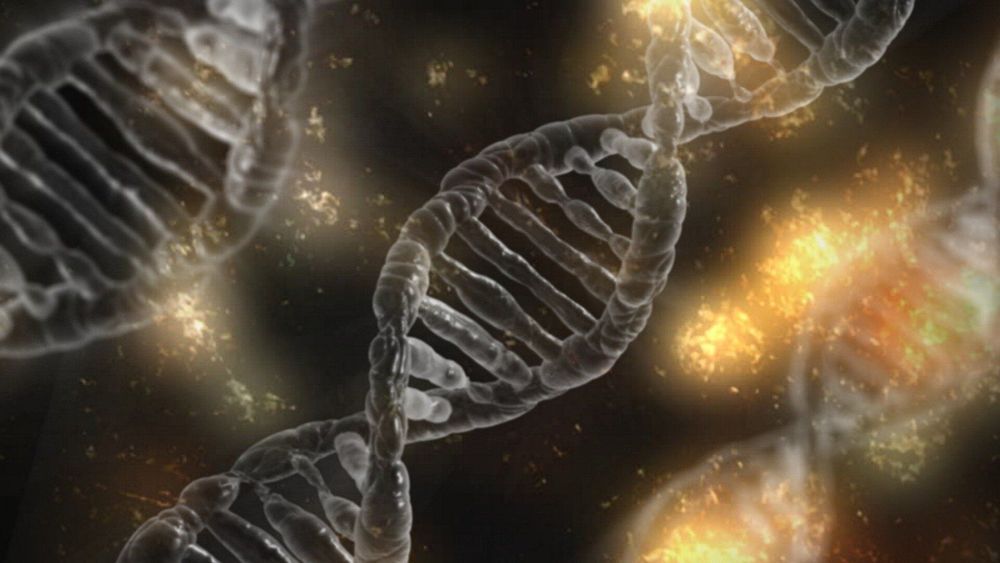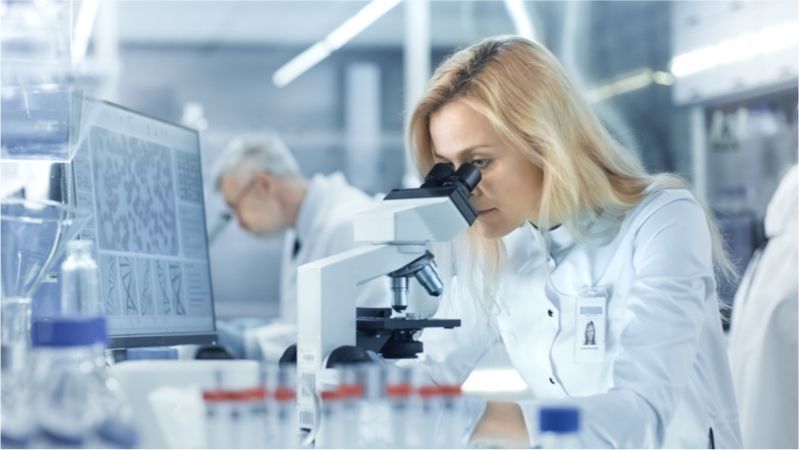Barcodes are used in a new way in the MAGESTIC platform, adding a new level of precision to CRISPR gene editing.


Barcodes are used in a new way in the MAGESTIC platform, adding a new level of precision to CRISPR gene editing.

LMAO The babies died of the flu Keep making mistakes on the aleal borders and the organism dies of viral infections… This seems to be exactly the same result as a majority of the cloned animals over the last thirty years too. It is hard to get that puppy of your favorite dog to stick… Pitty really for the genetically engineered children who will mostly suffer and die before adulthood.
Gene targeted in the ‘CRISPR baby’ scandal might prove fatal, study finds. Nick carne reports.

A team of researchers affiliated with the Broad Institute of MIT and Harvard, MIT and the National Institutes of Health has found that CRISPR-associated transposons can be used to insert custom genes into DNA without cutting it. In their paper published in the journal Science, the group describes their new gene-editing technique and how well it worked when tested in a bacterial genome.
The CRISPR gene editing technique has made headlines in recent years due to its potential for treating hereditary diseases. Unfortunately, despite much research surrounding the technique, it is still not a viable option for use on human patients. This is because the technique is error-prone—when snipping strands of DNA, CRISPR sometimes cuts off-target DNA as well, leading to unintended and unpredictable consequences (and sometimes cancerous tumors). In this new effort, the researchers have found a way to use CRISPR in conjunction with another protein to edit a strand of DNA without cutting it—they are calling it CRISPR-associated transposase (CAST).
Prior research has shown that certain pieces of DNA called transposons are, for unknown reasons, able to reposition themselves in a genome spontaneously—for this reason, they have come to be known as jumping genes. Not long after they were discovered, researchers noted that they might be used for gene editing. This is what the researchers did in the new study. They associated a transposon called Tn7 with the Cas12 enzyme used with CRISPR to edit a section of a bacterial genome. In practice, CRISPR led the Tn7 transposon to the target location in the genome—at that point, the transposon inserted itself into the genome without cutting it.
A new open-source, artificially intelligent prosthetic leg designed by researchers at the University of Michigan and Shirley Ryan AbilityLab is now available to the scientific community.
The leg’s free-to-copy design and programming are intended to improve the quality of life of patients and accelerate scientific advances by offering a unified platform to fragmented research efforts across the field of bionics.
“Our Open-Source Bionic Leg will enable investigators to efficiently solve challenges associated with controlling bionic legs across a range of activities in the lab and out in the community,” said lead designer Elliott Rouse, core faculty at U-M’s Robotics Institute and assistant professor of mechanical engineering. “In addition, we hope our bionic leg will unite researchers with a common hardware platform and enable new investigators from related fields to develop innovative control strategies.”

Today, we wish to highlight a new open access publication in which the researchers take a novel approach to the regeneration of the thymus, a small but vitally important organ that is key to our immune system.
The thymus shrinks as we age
The thymus is one of the most important organs in the body, and it is where thymocytes produced in the bone marrow travel to become new T cells before being trained in the lymph nodes to become the defenders of the adaptive immune system. However, as we get older, the thymus increasingly turns to fat and starts to shrink, causing its ability to produce new T cells to fall dramatically. This process is known as thymic involution and actually begins shortly after puberty, so this is one aspect of aging that begins fairly early in life, although it is many decades later before its decline causes serious health issues.


A team of bioengineers has successfully 3D-printed tissues they believe doctors could one day implant into patients to help heal the knee, ankle, and elbow injuries that have ended the careers of countless athletes.
“I think this will be a powerful tool to help people with common sports injuries,” Rice University researcher Sean Bittner said in a press release — though the impact of the group’s work could extend far beyond the turf or pitch.